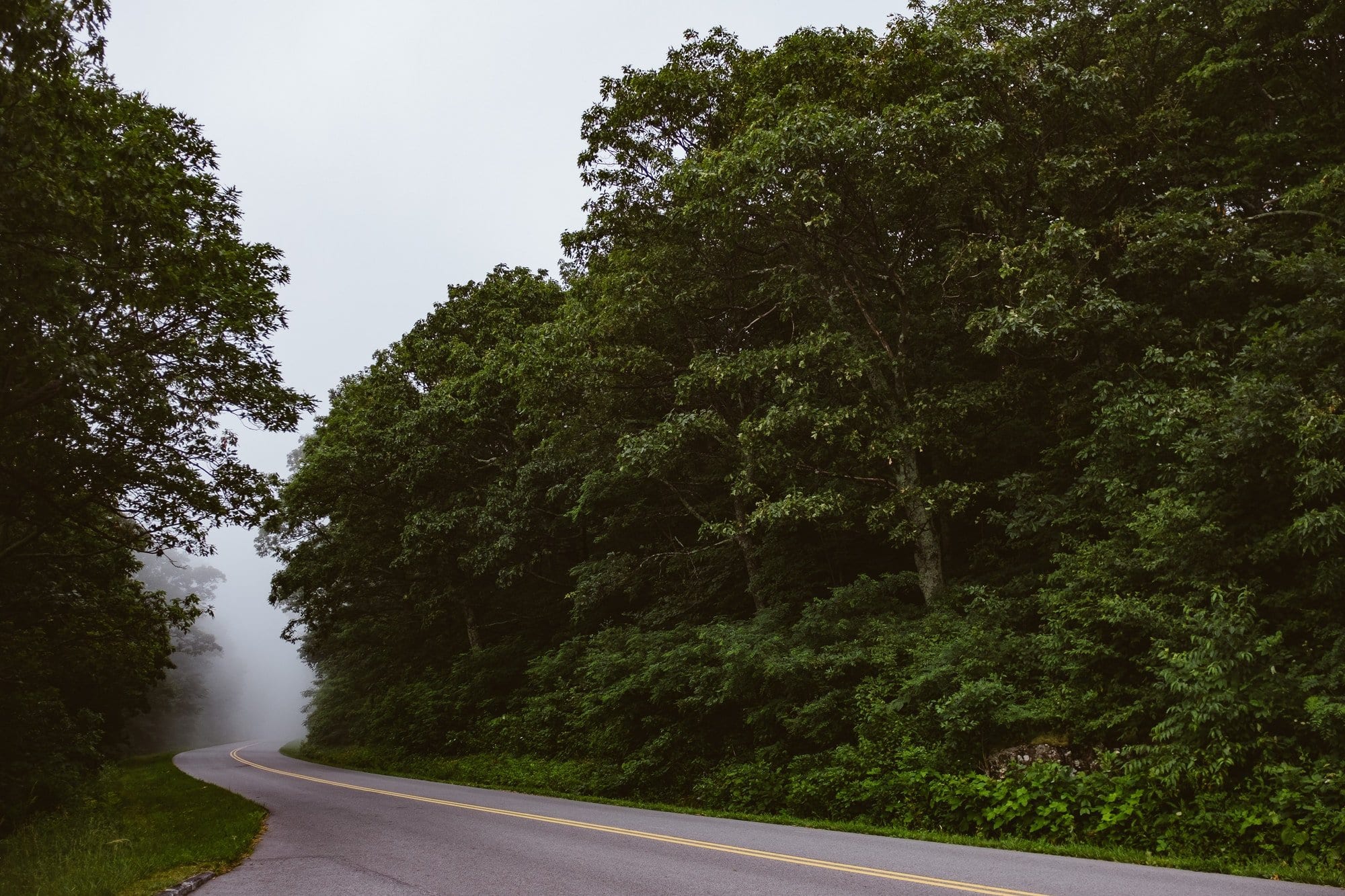There’s nothing quite like driving on country roads. It really sums up the fun and freedom of driving. With a favourite track on the stereo, the sun shining, and windows down – driving doesn’t get a lot better.
But there’s a darker side to many twisty B-roads. Rural roads carry 40% of traffic but account for 62% of road fatalities. There are lots of hidden risks that could catch you out, especially if you are new to driving on country roads.
Here’s what to look out for…
Blind bends
One of the big challenges of driving on country roads is that you may not be able to see very far in front of you. If the road twists and turns and is lined with trees and high hedges, you won’t be able to spot what’s around the next bend. It could be a broken-down car, it could be a fallen tree, or it could be someone driving the other way too fast.
You always need to be ready to stop in the distance you can see to be safe.
Farm traffic
See that gate just up ahead? Maybe there’s a tractor about to pull out. Even if there isn’t, the road surface can be covered in mud and muck near farms. You won’t have as much grip on a muddy surface, so corner gently and allow plenty of time when braking.
Throw some bad weather into the mix and road surfaces in the country can be really slippery.
Cyclists and horse riders
Car drivers aren’t the only ones who like to have fun on country roads. You’ll find lots of cyclists and horse riders out enjoying the countryside.
Don’t get impatient if you come up behind slower, more vulnerable road users. Overtake wide and slow, at no more than 15mph if passing a horse. Always make sure you can see far enough ahead to complete the overtake safely.
Narrow roads
When driving on country roads, you’ll find that most have space for two lanes of traffic, one in each direction. But really narrow lanes, or singletrack roads, have room for just one vehicle.
If you find yourself on a singletrack country road, there will be passing places where the road widens. Look ahead for other traffic, keep your speed down, and be ready to pull into a passing place.
Village driving
The speed limit on a country road could be as high as 60mph, but when you pass through a village it will drop down to 30mph, or possibly 20mph. Don’t be one of those drivers who barely eases off the throttle when passing through a village. Slow right down, and stay alert for pedestrians and other hazards.
Sharp corners
Keep scanning the road up ahead, and be ready to slow down for bends. Some corners will tighten up on you, sometimes the road will narrow on the other side of the bend. It’s better to be cautious when driving on country roads.
And don’t forget, if you have a black box in the car, hard cornering and harsh acceleration and braking will hurt your driving score. Taking a steadier pace will keep you safe and mean you’ll pay less for your insurance.
Changing limits
You’ll come across all sorts of speed limits when driving on country roads. But these really are limits, not targets. Just because you are allowed to drive at 60mph by law, this doesn’t mean it’s safe. You need to think about the weather, the road surface, the distance you can see to be safe, and whether you are approaching a bend or hazard. You need to weigh up all the evidence before choosing a safe speed rather than simply sticking to the speed limit. A safe speed could be much lower.



